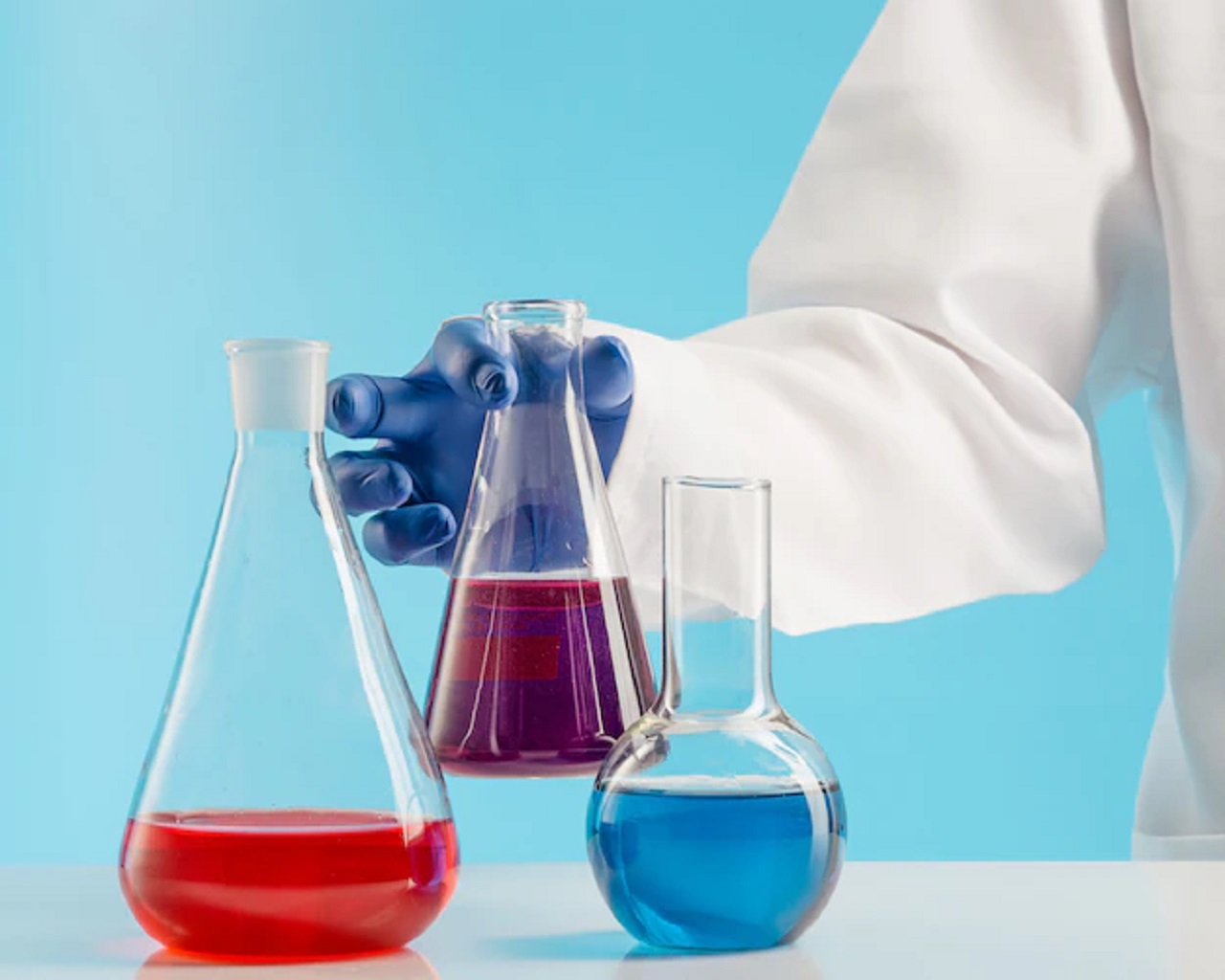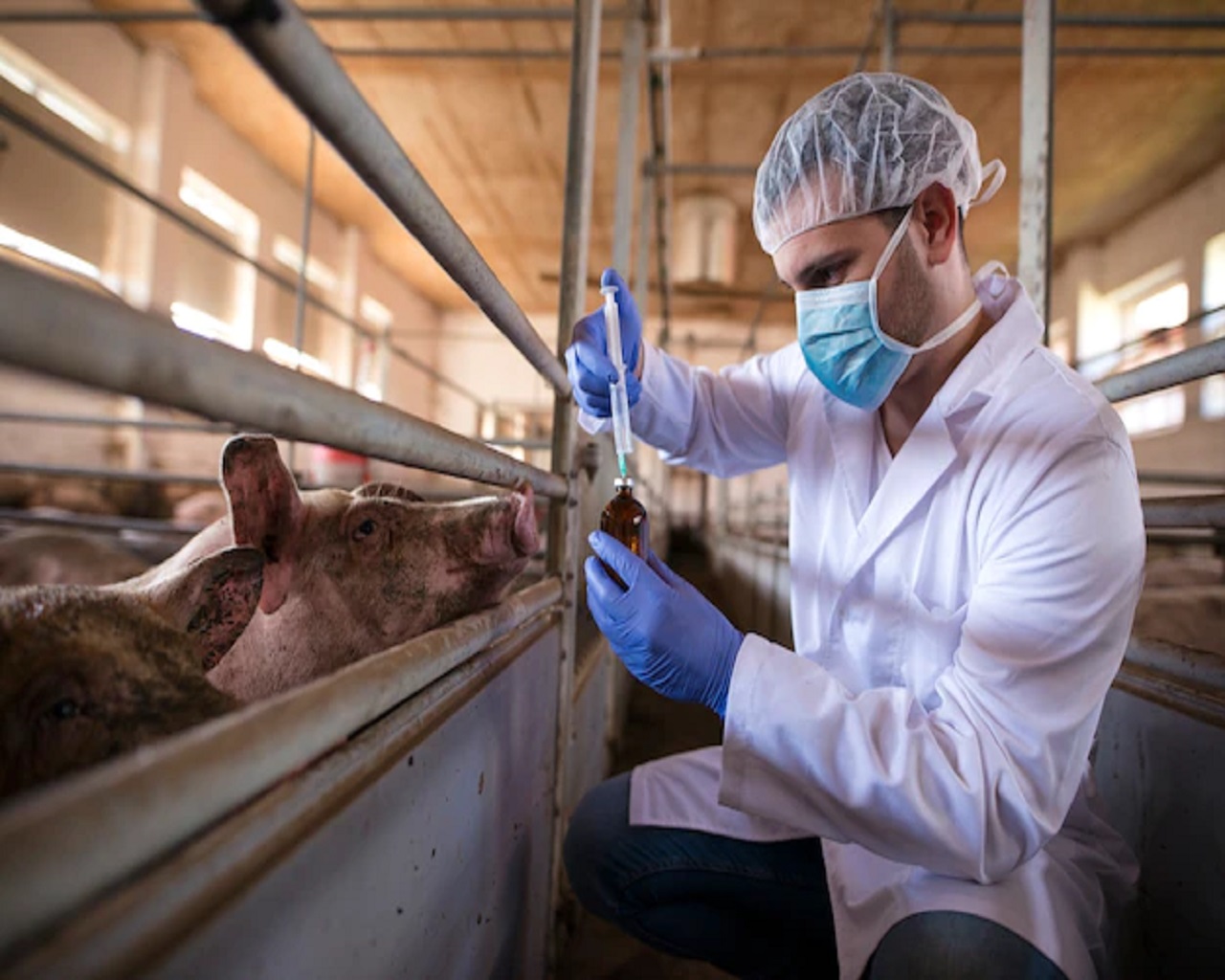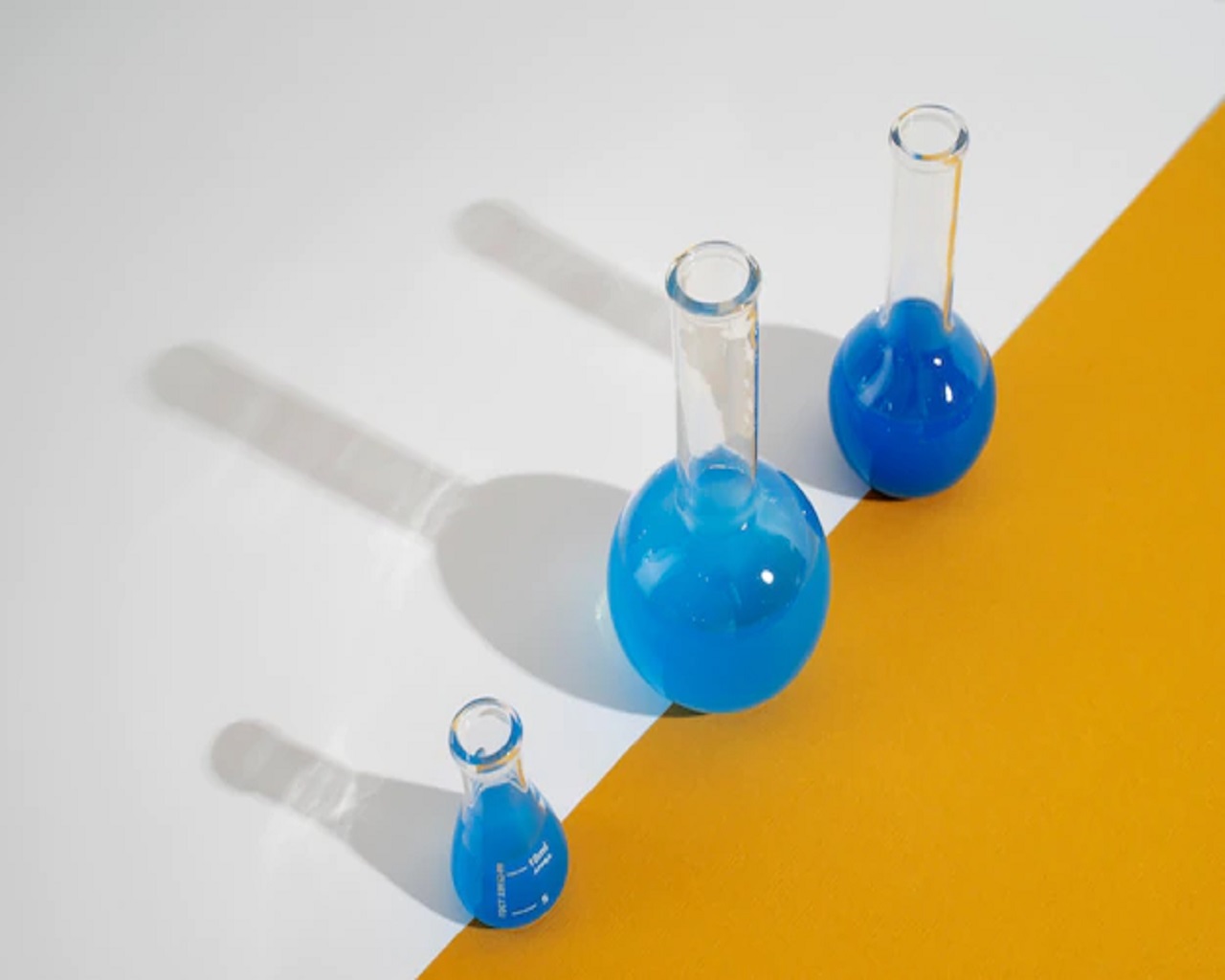23 Mar EMA updates Questions and Answers Document on the GMP/GDP guidelines
The European Medicines Agency (EMA) provides answers to frequently asked questions on Good Manufacturing Practice (GMP) and Good Distribution Practice (GDP) on its website. These have been discussed and agreed by the GMP/GDP Inspectors Working Group.
The guide, in the form of a question and answer (Q&A), provides further interpretation of the GMP and GDP guidelines published by the European Commission.
On January 28, 2022, Directive 2001/82/EC – EU Code for Veterinary Medicinal Products was repealed, as a result, the legal requirements for veterinary medicinal products have been updated and will be regulated according to Regulation (EU) 2019/6 of the European Parliament and of the Council on veterinary medicinal products. This regulation includes provisions on authorisation, post-authorisation measures, manufacture, import, export, supply and use of veterinary medicinal products, as well as restrictions and sanctions. Accordingly, the questions and answers have been supplemented and updated.
The new chapter deals with requirements for active substances that are used as starting materials for the manufacture of veterinary medicinal products.
The following are some questions that have been answered:
- Do active substances used as starting materials in veterinary medicinal products have to comply with Good Manufacturing Practices (“GMP”) for active substances for human medicinal products?
- Are there new obligations for active substances used as starting materials in veterinary medicinal products under the Veterinary Medicines Regulation?
- Is a GMP certificate mandatory for manufacturing sites?
- Can inspections conducted by third country competent authorities be considered when deciding whether a Union inspection should be triggered?
The complete list of questions and answers is available on the EMA website.
Latest posts
-
16 December, 2024 Blog
EDQM publishes draft General Chapter “Quality of Data” for Comments






